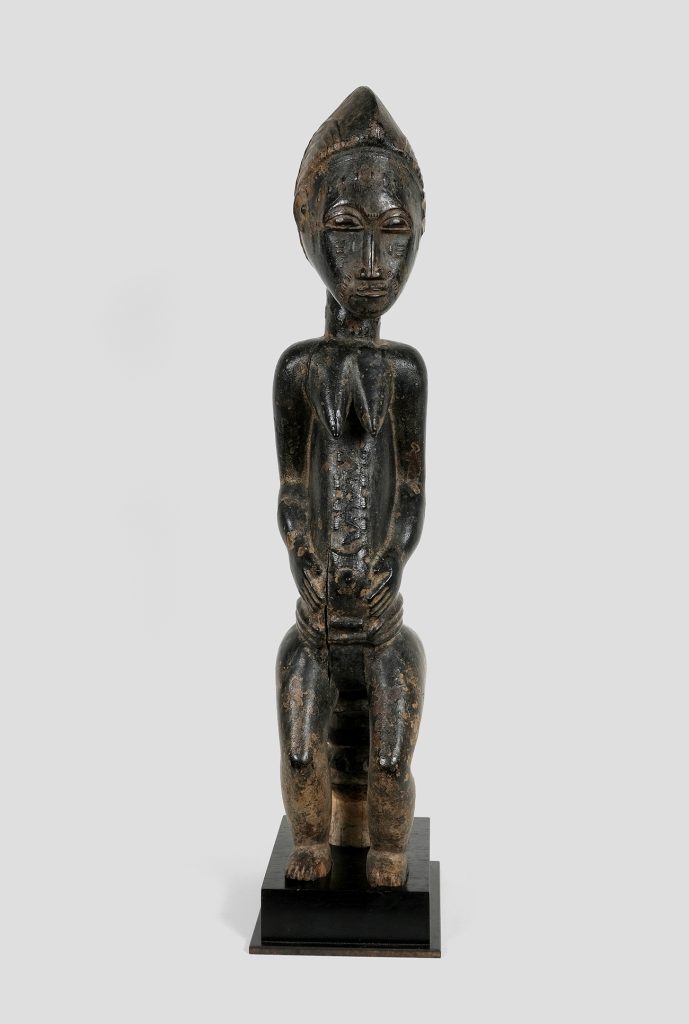We tell you why the provenance of a work is so important and the history of some of the pieces in our selection of tribal art
The provenance of a work of art is its ownership history, a crucial factor that determines its authenticity and market value. Knowing its history, from its creation to the present, allows us to link it to historical moments and relevant figures, thus increasing its prestige. Accurate documentation not only guarantees the authenticity of the piece, but also contextualizes it, making it an even more interesting investment for collectors.
In African tribal art this is especially important, and in the pieces in the upcoming auction we see names that will ring a bell with seasoned collectors, such as Alain & Abla Lecomte Gallery, in Paris’ famous “Rive gauche”, from the lot 35340695, or collector Jack Meerschwam, from the Netherlands.

Another highlight of the auction (35340739) is a 19th-century ritual sculpture from the Lobi people in Burkina Faso, where, once again, important names come to light, such as James Willis in San Francisco, who led the tribal art market in the United States from 1982 to 2001; Willis gave the best piece in his collection, a 14th-century Bamana mother figure, to the Los Angeles County Museum of Art. Another key name, featured in this lot, is Seymour and Alyce Lazar, whose collections have been auctioned at both Sotheby’s New York and Lempertz in Cologne.



We find another reference in the upcoming auction, Boris Kegel-Konietzko (35340696), who headed the renowned German tribal art gallery Kegel-Konietzko & Dorn in 1964, whose origins date back to the beginning of the last century.


In conclusion, this is an unbeatable opportunity to acquire pieces from dealers or galleries recognized by the market, which ensures both the authenticity and the investment value of the pieces.



